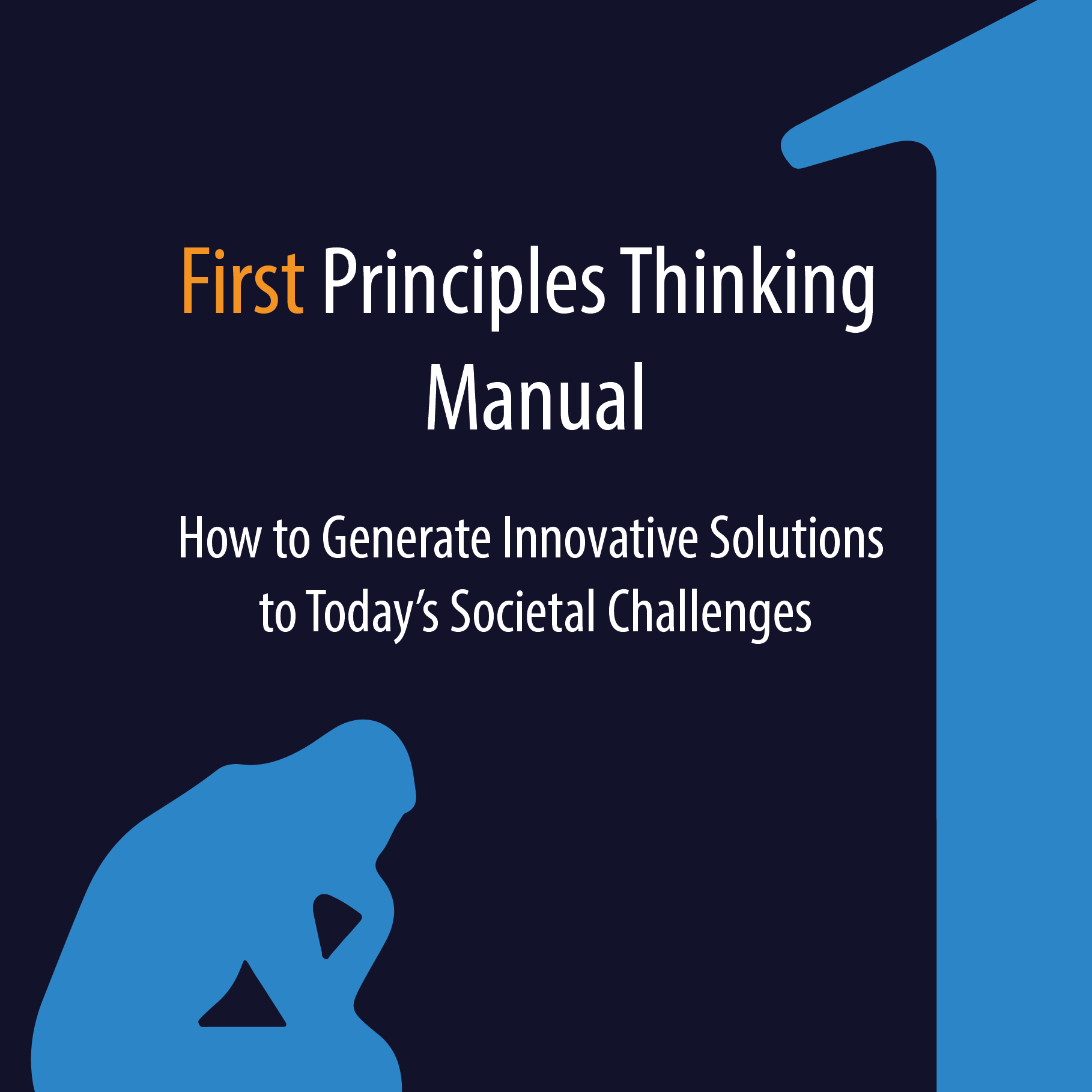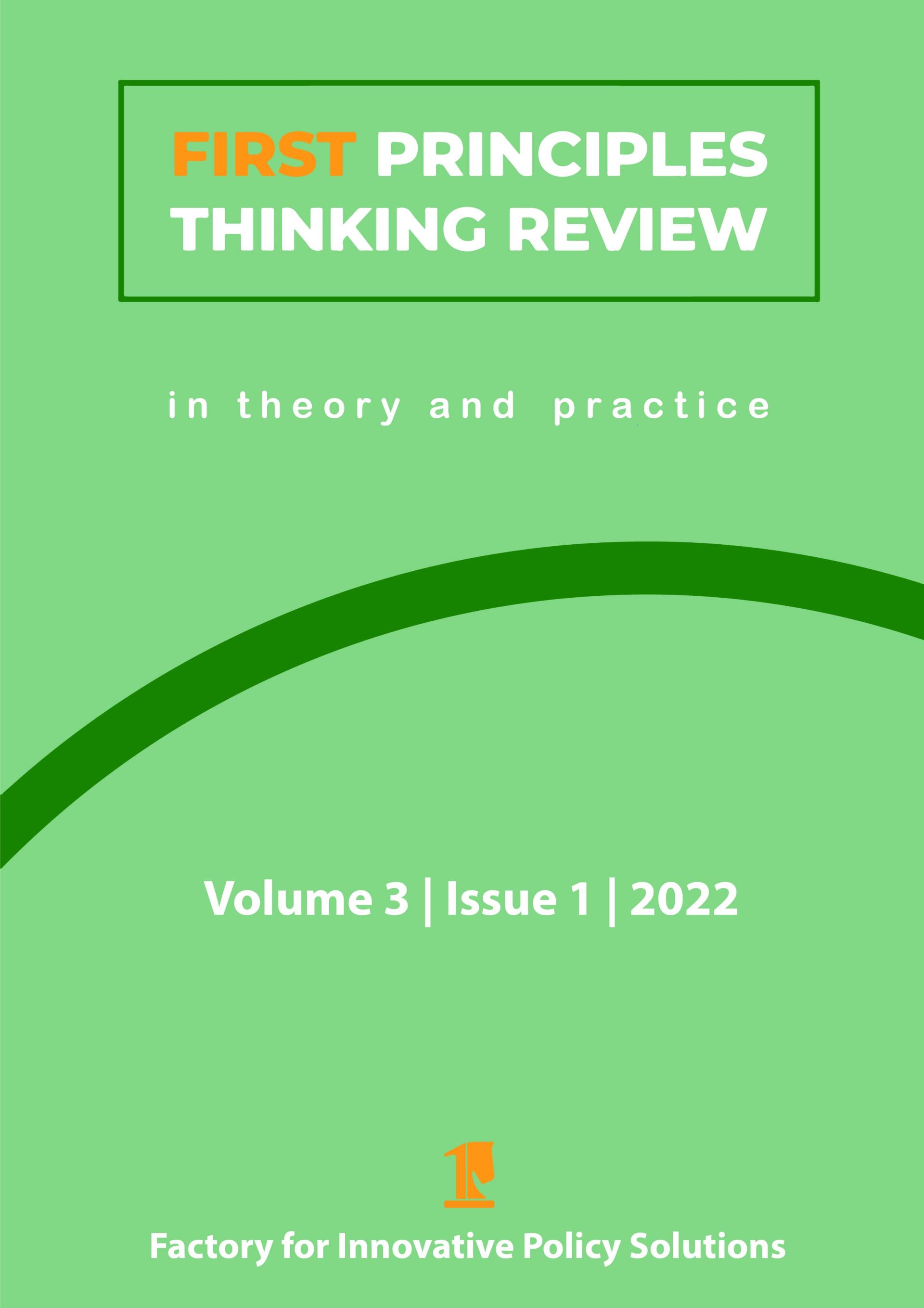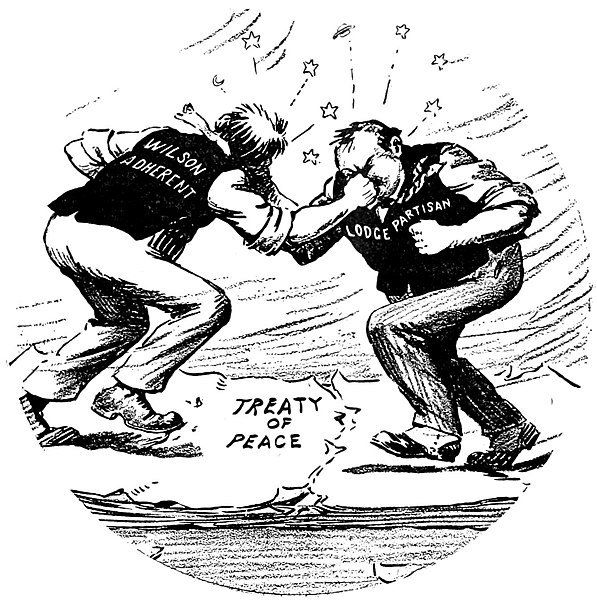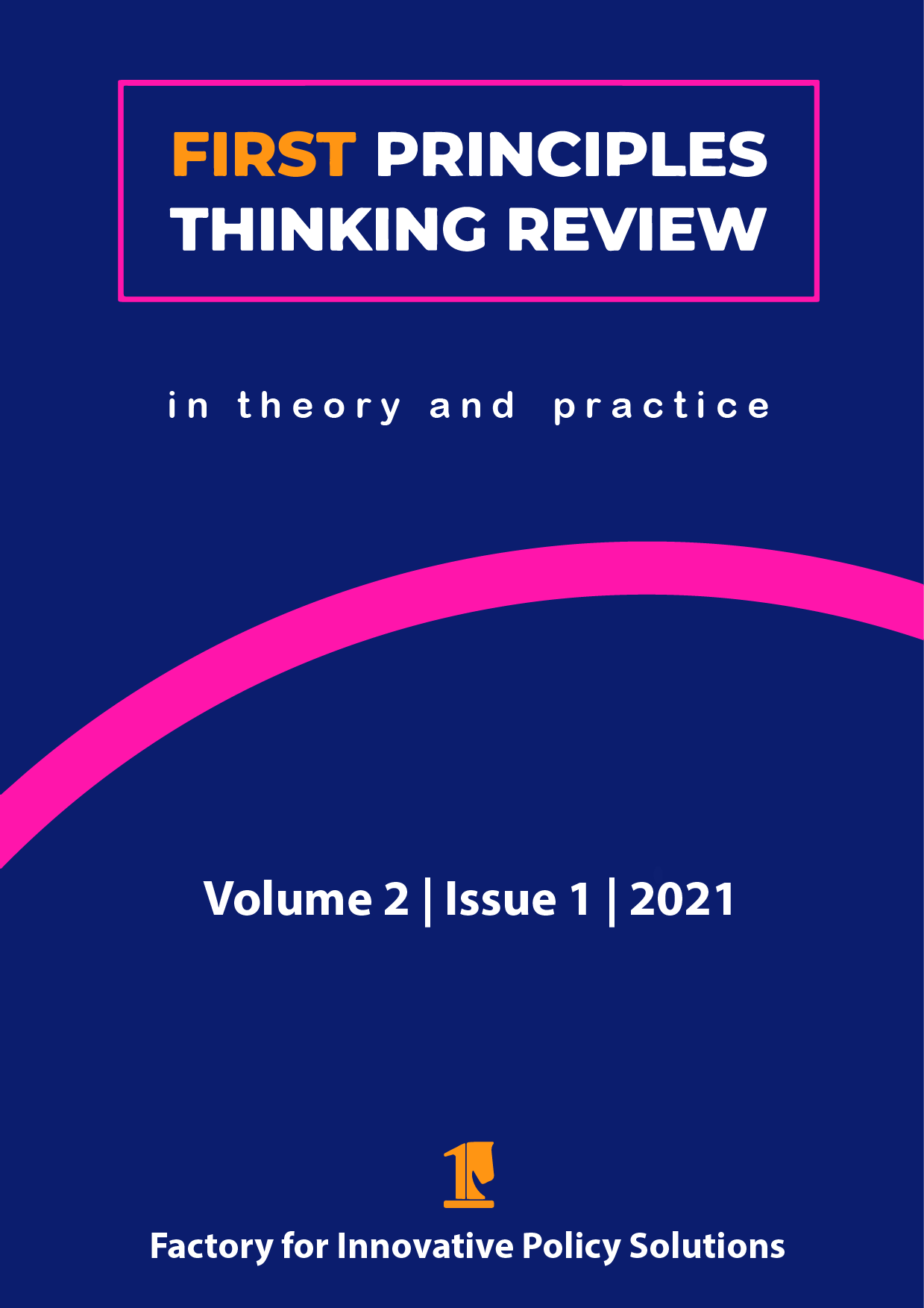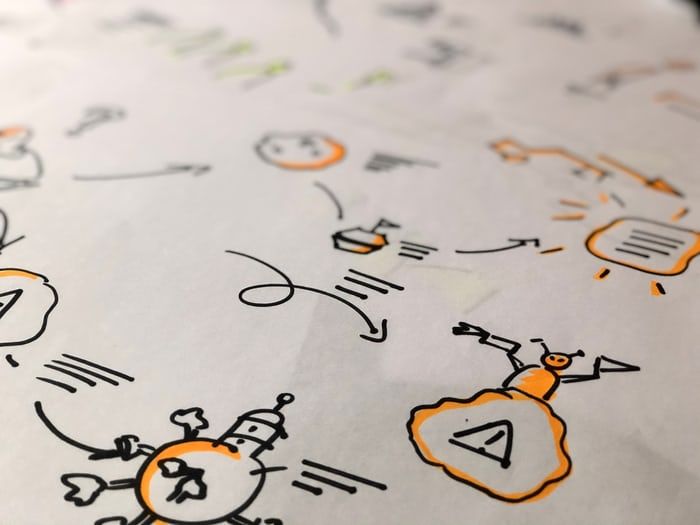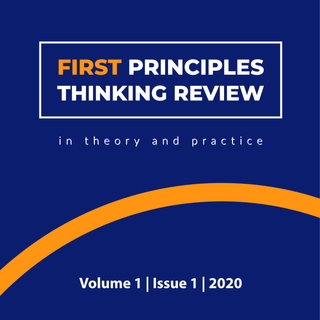How First Principles Thinking Can Turn the SDGs’ Good Practices into Best Practices
New goals to address sustainability concerns can have a global impact, but are felt locally for the most part. Because of the diverse nature of the issues that are targeted by the Sustainable Development Goals (SDGs), First Principles Thinking is a very applicable thinking method to overcome assumptions, tackle the core issues, and lift them from good to best practices.
First Principles Thinking
First Principles Thinking is a problem-solving method that guides you with a few steps to abolish your assumptions and come up with innovative solutions. The first step pushes you to dig to the core of the issue by defining what you think the ideal situation should be, that is, when the problem is overcome or an aspiration is achieved. The second step focuses on investigating what are the main obstacles between now and your preferred situation. In step three you need to ask critical questions, such as why these obstacles are in place, and by doing this you can identify the fundamental truths underlying these issues. Moreover, these questions will prompt you to look beyond your assumptions regarding both the problem and potential solutions. In the last step, the answers to the previously asked questions help to make it clear as to what solutions there could be. What is crucial in this step is that you should not be hesitant when developing innovative solutions. By writing them down, you can make a distinction between quickly implementable solutions and long term out-of-the-box solutions.
The Sustainable Development Goals
The 17 SDGs, created as a follow-up to the eight Millennium Development Goals, are constructed to tackle an array of different global societal issues, such as “ending poverty and hunger, improving health and education, making cities more sustainable, combating climate change, and protecting oceans and forests” ( UN General Assembly, 2014 ). Many of these issues are very diverse and broad, with many actors involved. Because of the complexity of the issues, 169 targets have been created to have more concrete and manageable objectives ( UN, 2019 ). Yet even these condensed targets are still large problems. As explained in the previous paragraph, First Principles Thinking allows you to undertake problems because it assists you in establishing the core obstacles that need to be addressed in order to solve the greater issue, or in this case, the target. Subsequently, when the targets are met, the SDGs will be met as well. Therefore, First Principles Thinking should be employed to the process of problem-solving for the SDGs.
First Principles Thinking in practice
An example of tackling the targets of the SDGs is shown in the Solution Reportcreated by the Factory for Innovative Policy Solutions on increasing literacy rates among women in rural Mauritania. Solving this issue addresses SDG target 4.6: “By 2030, ensure that all youth and a substantial proportion of adults, both men and women, achieve literacy and numeracy” ( UN, 2019 ). The Solution Report provides concrete examples to overcome some obstacles that people in rural areas of Mauritania face when trying to receive education. Examples of these obstacles are the distance to travel to a school, a lack of money to pay for books and lunch, and responsibilities to perform domestic labor. In order to overcome these challenges, FIPS came up with the idea of creating an educational radio channel, among other ideas, that allows them to learn while remaining close to home. This way they do not have to leave home for a longer time and are therefore able to eat at home and support the household. Through this method, obstacles such as the distance to a school and the lack of financial means are overcome, contributing to more equality and development among the population of Mauritania.
From good to best practices
In approaching these SDGs and targets, it is very important to determine exactly what it is that needs to be tackled. By applying First Principles Thinking to all targets, you are furthermore likely to discover ‘shortcuts’ to address multiple targets at once, as demonstrated by the Solution Report on female illiteracy in Mauritania.
The UN has called for good practices from the field to showcase the different solutions that have been created to achieve the targets. While there are multiple commendable initiatives taking place, I believe that First Principles Thinking could build upon existing efforts to produce even more innovative solutions to achieve the SDGs. Did you get inspired by this article? Sign up as a Contributor and try out yourself how you can use First Principles Thinking to tackle societal issues that you care about!
References
- UN General Assembly. (2014, July 22). UN General Assembly’s Open Working Group proposes sustainable. Retrieved from: https://sustainabledevelopment.un.org/content/documents/4538pressowg13.pdf
- UN. (2019, February 26). Sustainable Development Goal 4. Retrieved from: https://sustainabledevelopment.un.org/sdg4
- UN. (2019, Februari 28). Sustainable Development Goals. Retrieved from: https://sustainabledevelopment.un.org/sdgs
Apply first principles thinking yourself?
Would you like to apply first principles thinking yourself and have your problem-solving experience published in the First Principles Thinking Review? Then be sure to check out the submission guidelines and send us your rough idea or topic proposal. Our editorial team would be happy to work with you to turn that idea into an article.
Share this page
Disclaimer : The views, thoughts and opinions expressed in submissions published by FIPS reflect those of the authors and do not necessarily reflect the views held by FIPS, the FIPS team or the authors' employer.
Copyrights : You are more than welcome to share this article. If you want to use this material, for example when writing an article of your own, keep in mind that we use cc license BY-NC-SA. Learn more about the cc license here .
What's new?
